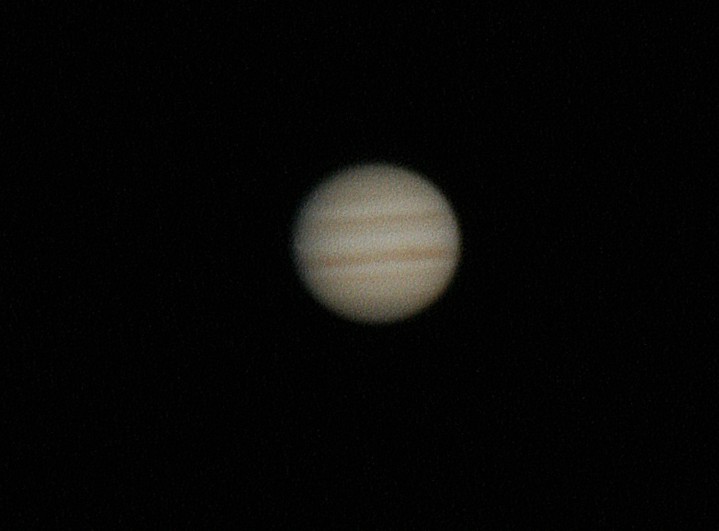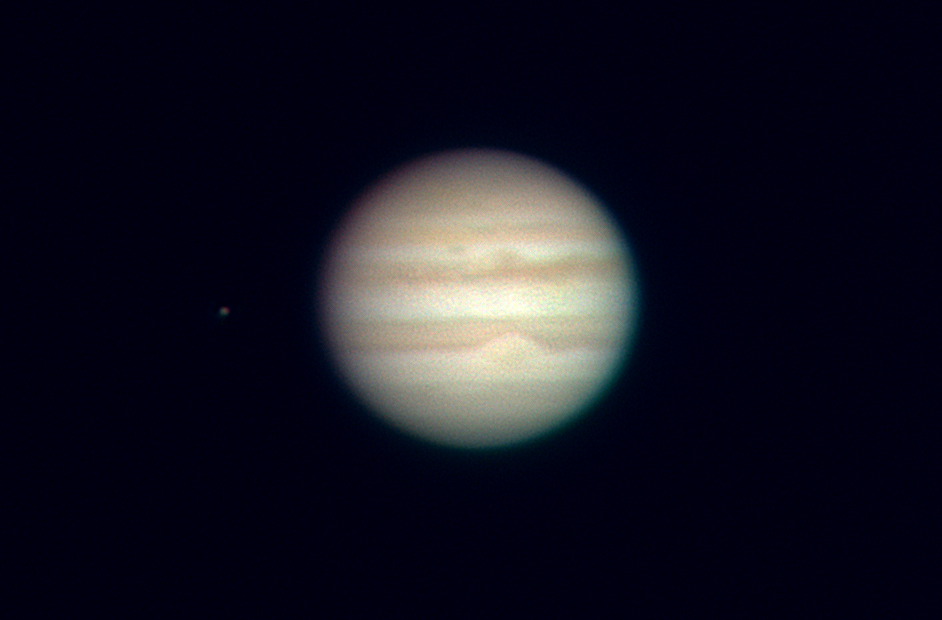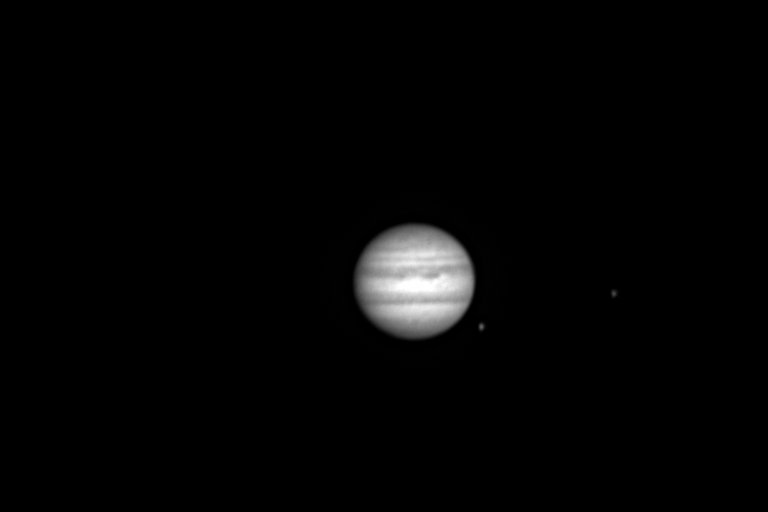
January 29, 2001. Combination of 7, 0.1 second images.
Meade 416xt CCD. 300mm f/18 cassegrain telescope at prime focus.
I continued to sporadicly image the planets during the first half of the 2000's, although as before, most of my imaging time was spent on other objects, principally asteroid research and deep-sky.

The two moons visible are Ganymede, (closest to Jupiter) and Io.
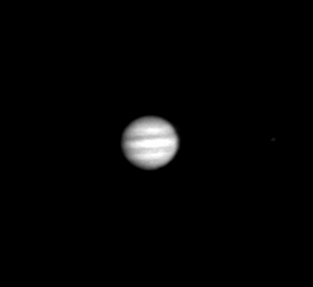
The moon to the right of Jupiter is Europa.
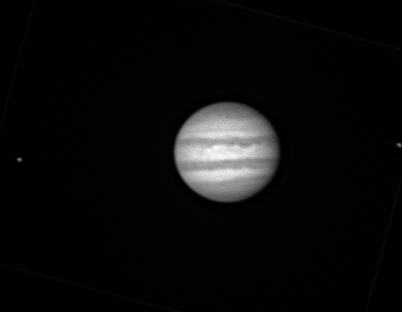
The two moons visible are Europa, (right) and Io.
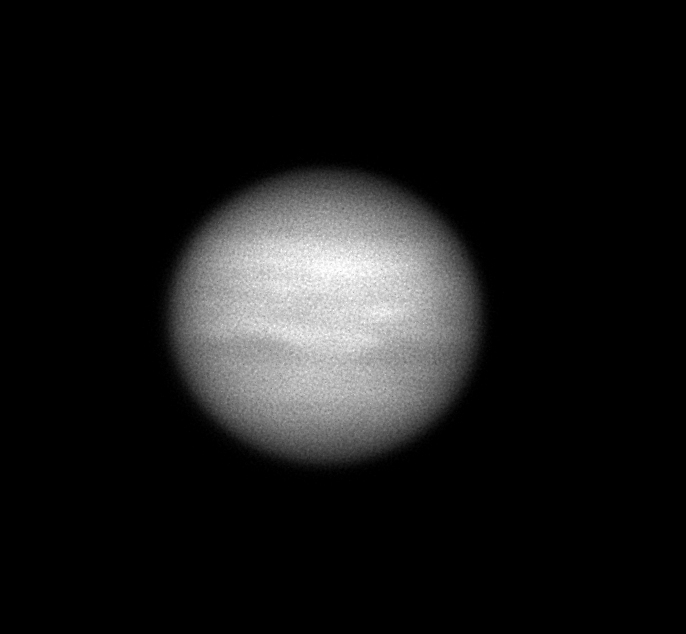
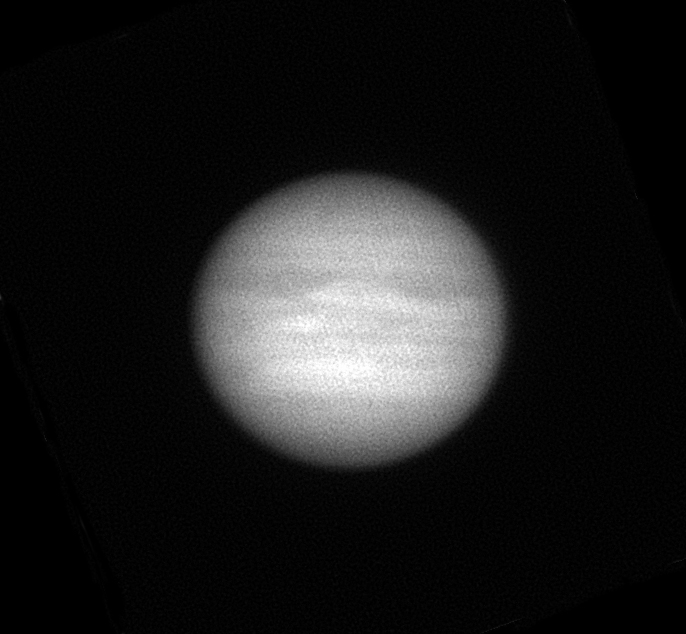
These images were taken during a night of very poor seeing and as a result shows very little detail. My main reason for taking it was that on this night, all of the planets, including Eris, were visible. So it was a chance to image all of the planets on the same night.
